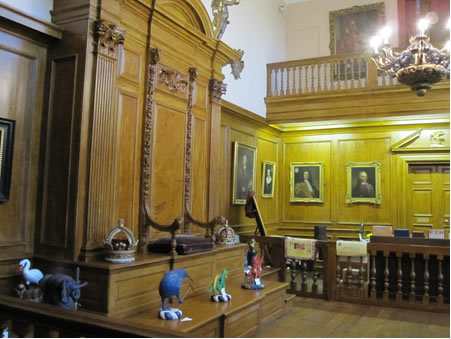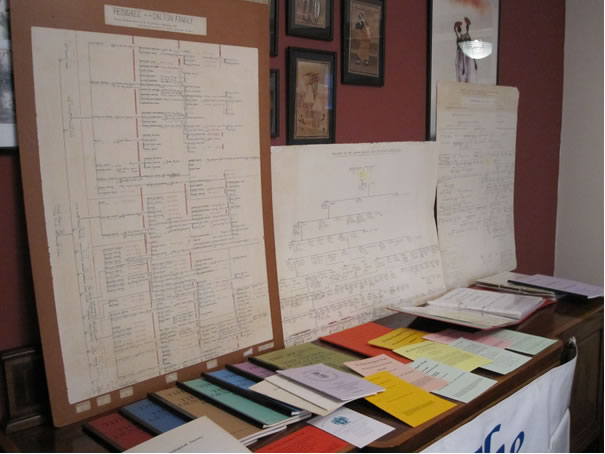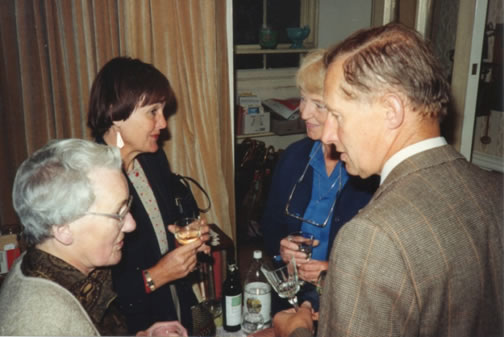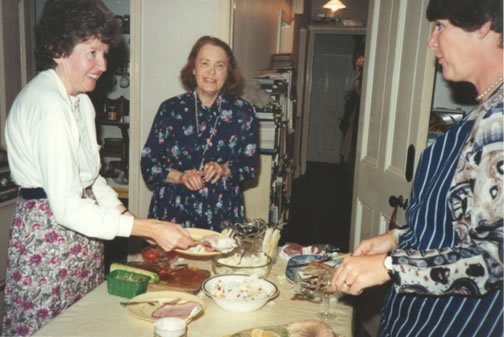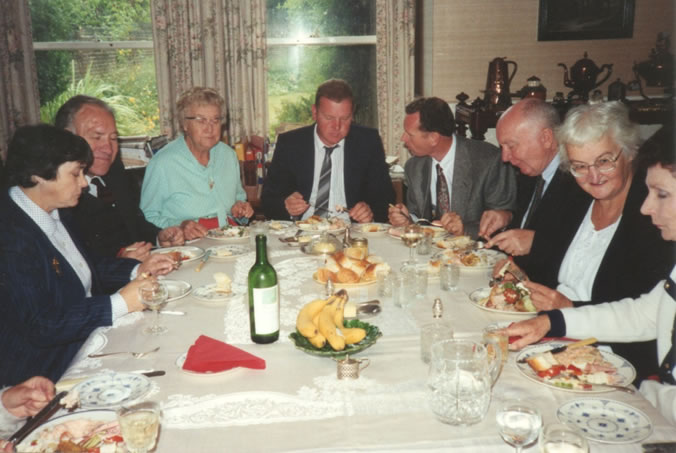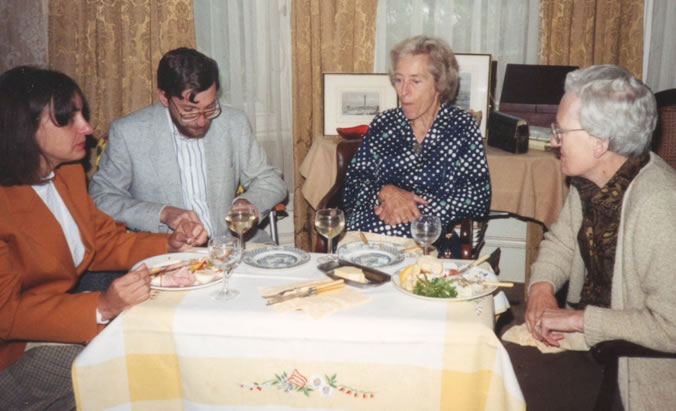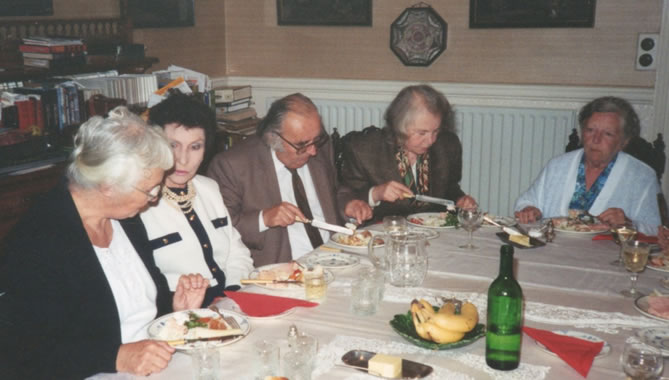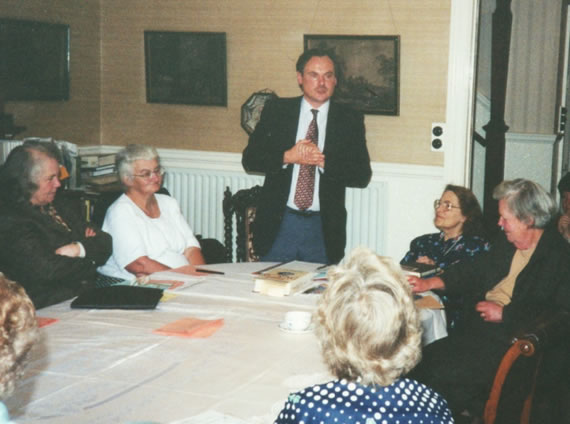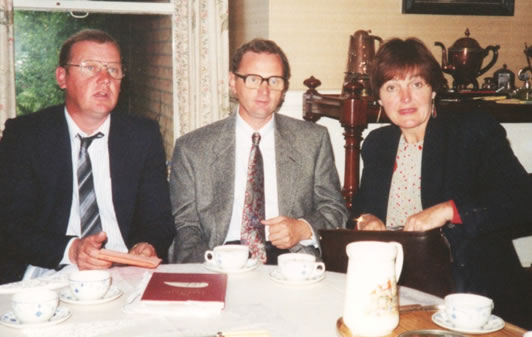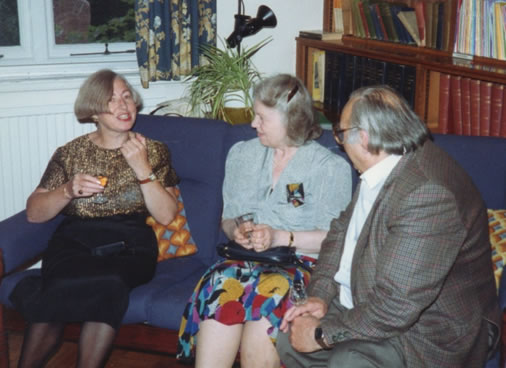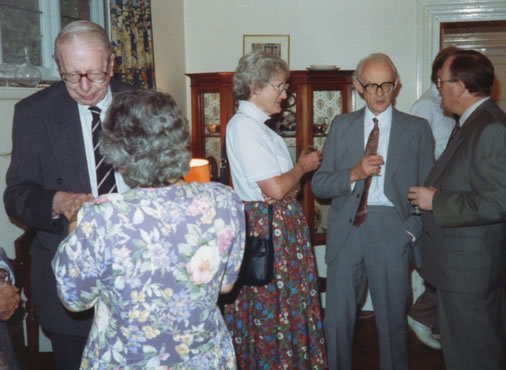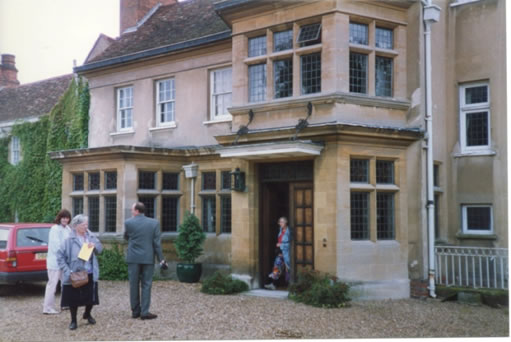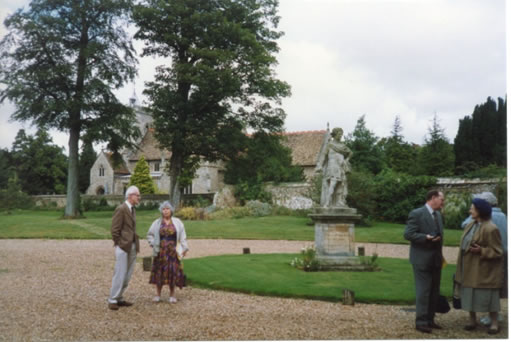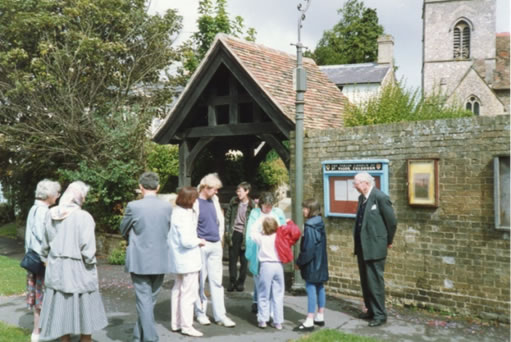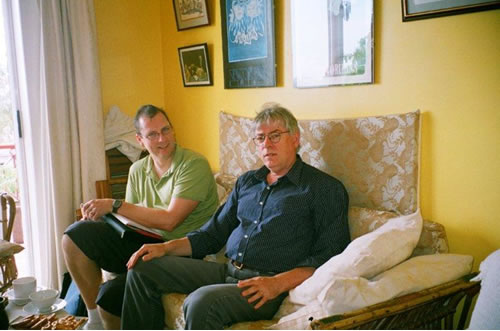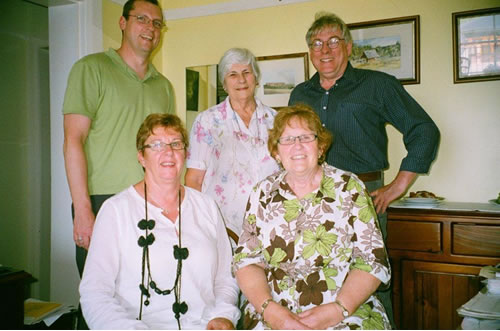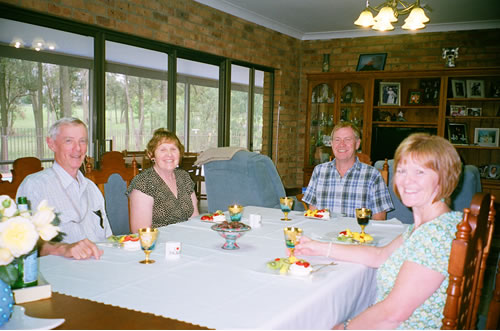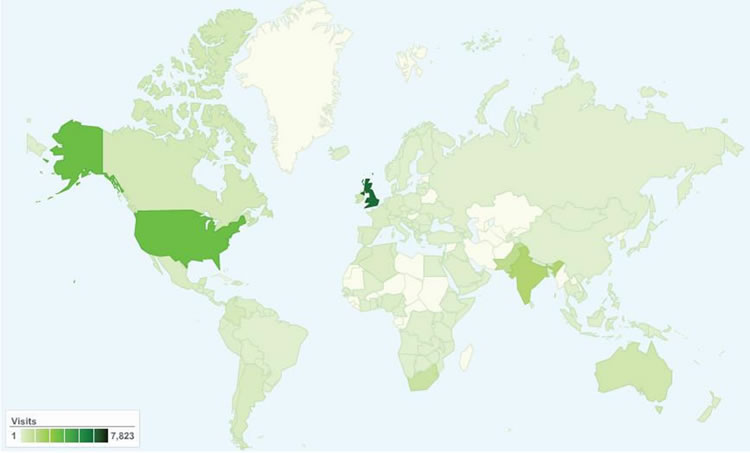Earlier this year the Chairman and his wife spent three weeks in South East Asia. During their travels they stayed in Luang Prabang, the old capital city of Laos, situated in the north of the country on the banks of the Mekong River and surrounded by mountains. Michael picks up the story.
This trip was not expected to be a quest for Dalton family history and indeed it did not turn into one. However when Kate and I were in Laos, I stumbled across something of general interest to family historians and immediately I thought here is an item for “Daltons in History”. Luang Prabang is a place you must visit if you are travelling in S E Asia. It is a wonderful old city and the ancient royal capital of Laos; unspoilt by any modern development, it is still very much as it was hundreds of years ago with its old Buddhist temples, monks in their saffron robes and beautiful surrounding scenery. We were fortunate enough to have four days there as part of our tour, which also included Vietnam and Cambodia. This corner of the world has, of course, been ravaged by war, strife and turmoil not just in recent times, but throughout history. Somehow though Laos, and Luang Prabang in particular, have escaped much of the worst of it all, and the peace and tranquillity of Luang Prabang was a very pleasant surprise.
During our stay we visited the beautiful old Royal Palace and a number of the numerous Buddhist temples; we took part in the Baci ceremony of welcome, wishing us good health, prosperity, happiness and a safe journey; we witnessed the early morning ritual of almsgiving to the monks; we enjoyed a cruise up the Mekong River to Pak Ou caves filled with thousands of Buddhas; and we visited the nearby Kwang Si waterfalls, with their dramatic cascades and turquoise coloured pools.
But I digress – what I really want to tell you about is the visit we made to the Traditional Arts & Ethnology Centre (TAEC) in Luang Prabang. Here there was some fascinating information about the ethnic groups in Laos and their origins. TAEC was founded in 2006 as a private, non-profit institution dedicated to preserving and communicating the cultural resources of Laos. It provides information about the ethnic peoples of Laos and their traditional arts.
One particular ethnic group is known as the Akha. They originated from Yunnan in Southern China, or from Tibet, and migrated southwards to settle in Myanmar (Burma), Laos, Thailand and Vietnam within the last two hundred years. In the absence of a written script, many Akha men are able to recite their genealogies back through 60 generations to Sm Mi O, the Akha originator. This strong oral tradition has sustained Akha identity and history linking clans scattered over five nations. What a remarkable ability! 60 generations takes you back at least 1,500 years and to know your family line off by heart that far back – it almost defies belief. Most of us would consider we are doing well to manage six generations, and if we are lucky enough to know our ancestry further back we would almost certainly need to refer to the documented tree. So the Akha are certainly setting an example to us family historians in the western world!
The Akha in Laos have settled in the northern most part of the country on the borders with Myanmar and China. Unfortunately we were therefore unable to visit an Akha village as it was too far to travel from Luang Prabang. But at TAEC we were able to read about the traditional Akha way of life and see some illustrations of this. The Akha villages are easily recognised by their village gates and large village swings. The gate is believed to protect the village from bandits, wild animals and diseases, and is a mythological separation between the human and spiritual worlds. These gates should never be touched by visitors. The swing is used during a celebration in August or September marking the end of the difficult work of weeding the rice fields, and the preparation for the harvest.
If ever I am fortunate enough to visit Laos again, I shall make sure that I have the opportunity to visit an Akha village and learn more about these fascinating people whose family history is so central to their culture.
During our visit we were able to visit a number of other villages in both Laos and Cambodia, and witness the traditional ways of life that are maintained much as they would have been hundreds of years ago, altogether a most fascinating experience. South East Asia has so much of interest to see and we enjoyed it all, but perhaps this is not the forum for this particular travelogue!

This chart shows where the different ethnic groups settled in Laos
(The Akha are shown in dark blue in the northern areas bordering Myanmar and China)
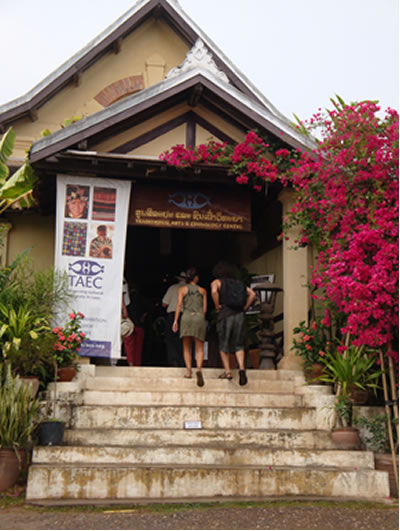
The Traditional Arts and Ethnology Centre Luang Prabang, Laos

